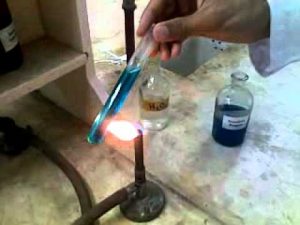Dr Kiel quickly reviews and explains Insulin Like Growth Factor 1 (IGF-1) and all the effects it has on your body. MORE TESTOSTERONE KNOWLEDGE https://www.youtube.com/playlist?list=PLt6puIp2CPGW0tIf5L82gvkxDhaSQnME3 READ MORE https://www.healthydocs.net/home/2017/insulin-like-growth-factor-1-igf-1-explained-everything-you-should-know TESTOSTERONE EXPLAINED https://www.youtube.com/watch?v=urgNiKfpKf8 This playlist covers things like testosterone and other androgens, DHEA (Dehydroepiandrosterone), insulin like growth factor (igf-1, igf 1), and human growth hormone (hgh). The emphasis is understanding these hormones and ways to promote them naturally. Please like, subscribe, comment and share! SUBSCRIBE: https://www.youtube.com/user/DrJohnKiel FACEBOOK: https://www.facebook.com/medicinelifestyle TWITTER: https://twitter.com/LifestyleMedYou I wanted to take a few minutes to explain Insulin-Like Growth Factor 1 to you. This molecule is also called somatostatin C and more often IGF-1 for short. This hormone is widely discussed in the sports world for possible performance enhancement. It also shares the common name insulin with the medication used to treat type 1 diabetes. For these reasons, I thought it would be worth discussing and spending some time reviewing. Briefly, I will discuss the anatomy, physiology and regulation of IGF-1. IGF-1 secretion is regulated by the release of human growth hormone, which is secreted from the pituitary gland. I have made a detailed video explaining growth hormone and I would encourage you to check that out if you want to know more. The function of IGF-1 and HGH overlap significantly and the distinction between the effects of HGH and IGF-1 are not entirely clear, and the research in this area is ongoing. IGF-1 is produced and secreted primarily from the liver, although other peripheral tissues, such as bone, produces its own IGF-1. The reason that insulin-like growth factor has the name is that it has an insulin like subunit that binds to insulin receptors, but only has 10% of the potency of regular insulin on glucose regulation. This is an anabolic hormone; in other words it ‘promotes growth’. While this includes skeletal muscle, it’s certainly not limited to it. It’s worth noting that it is not androgenic, as opposed to testosterone, meaning it doesn’t promote male sex characteristics such as facial hair and deeper voice. It’s primary effect is growth stimulation. This is a balanced effect which affects all tissues equally, not just skeletal muscle. This occurs because it is released into the bloodstream by the liver, although local production by bones probably is a little more effective locally. Production peaks during puberty where whole body growth is at it’s greatest. Other functions: Whole body protein synthesis and inhibition of protein breakdown (proteolysis) Enhanced bone mineralization Low blood sugar (hypoglycemia, remember it acts like insulin) Positive nitrogen balance Increased kidney filtration Partial reversal of catabolic activity of glucocorticoids on protein synthesis Diabetics: increased insulin sensitivity (not approved for this use)
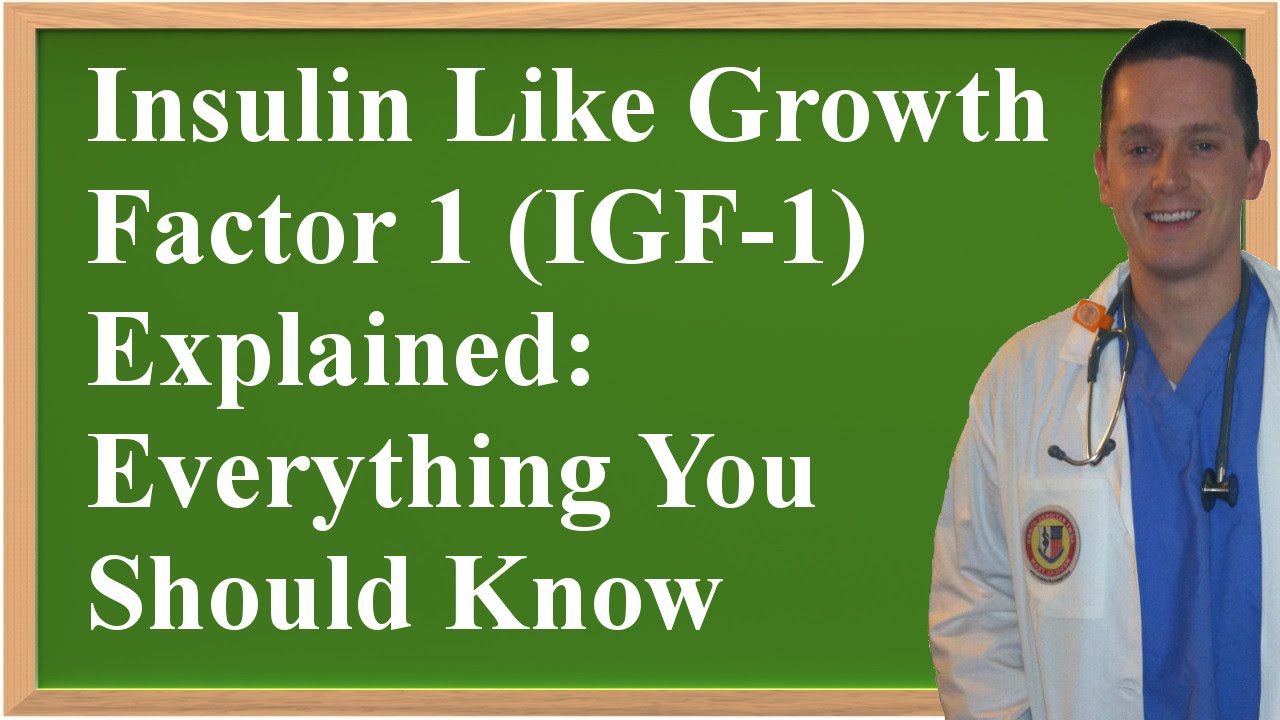
Insulin Like Growth Factor 1 (IGF-1) Explained: Everything You Should Know
- Post author:
- Post published:May 31, 2021
- Post category:Uncategorized
- Post comments:0 Comments
You Might Also Like

Gynecological Surgeries Video – 3

HGH, Growth Hormones & Plant Hormones Video – 6
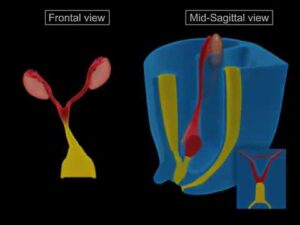
11- The development of the reproductive system
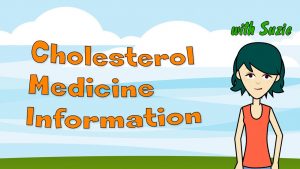
Cholesterol Medicine Information – Different Ways to Lower Your Cholesterol Levels
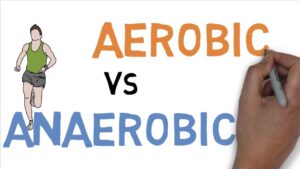
AEROBIC vs ANAEROBIC DIFFERENCE
![Read more about the article 100 Running In Place Challenge [At Home Cardio & Weight Loss]](https://videos.drmaheshkumar.com/wp-content/uploads/2021/05/100-Running-In-Place-Challenge-At-Home-Cardio-Weight-Loss-300x169.jpg)
100 Running In Place Challenge [At Home Cardio & Weight Loss]

Spiking insulin naturally to build muscle and lose fat

Can You Drink Too Much Water?

HOW TO MAKE PROTEIN POWDER AT HOME FOR BODYBUILDING | AMIT PANGHAL | PANGHAL FITNESS

Supplements Video – 2
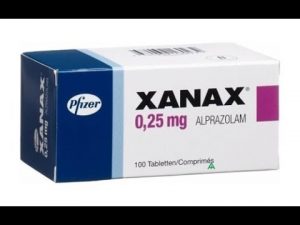
Alprazolam, Ansiolitico
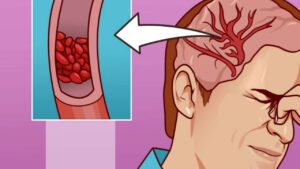
11 Signs Your Body Needs More Magnesium
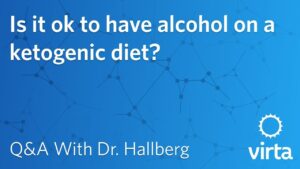
Fat Loss & Obesity

One Arm Row Dumbbell-8
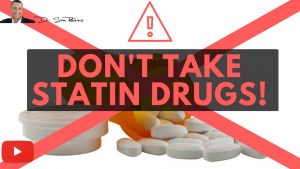
↓ 5 Important & Clinically Proven Reasons You Should NOT Take Statin Drugs – by Dr Sam Robbins

Omega-3 Fatty Acid Benefits

Difference Between Cardio Endurance & Muscular Endurance : Around the Gym

How To: Standing Lat Pushdown (Cable Machine)

Kelli’s Quick Cool Down and Stretch – Feel Good Stretching Routine for Morning or Night

Body Relaxation Exercise

Social Psychiatry Video – 1

KNOW YOUR BODY TYPE

Human Body Facts : Endocrine System | Human Body Parts and Functions | Human Anatomy 3d
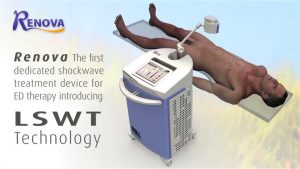
Renova – Linear Shockwave treatment for Erectile Dysfunction
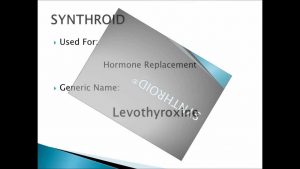
Top 100 Drugs (1 – 25) – (Pharmacy Technician Study Guide)

Neuro-Linguistic Programming Video – 2

Dips – Triceps Version – Tricep Exercise – Bodybuilding.com

Wide grip upright rows for side delts
Lat Pull Down-5

5 foods to eat after a workout and why
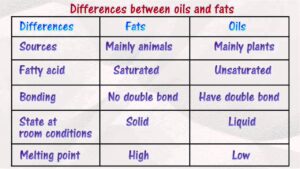
Comparison between oils and fats

Muscle Building Workout & Squats Video – 31

Pre Workout Nutrition Video – 1
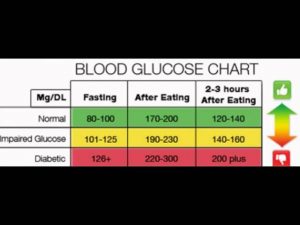
Normal Blood Sugar Level

ABS WORKOUT FOR INDIAN BODY TYPES #JoinOurNewWorkoutSeries
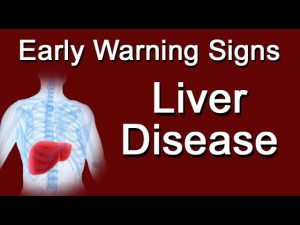
Early Warning Signs Of Liver Disease

Are BCAA’s Worth It? (Branched Chain Amino Acids Review)
Yoga, Meditation & Pranayama
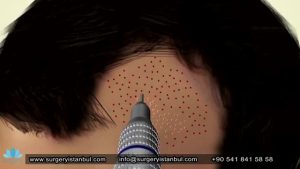
Animation Hair Transplant – Surgery Istanbul Cosmetic

Orlistat Weight Loss Introduction

Eating Disorders Video – 1
